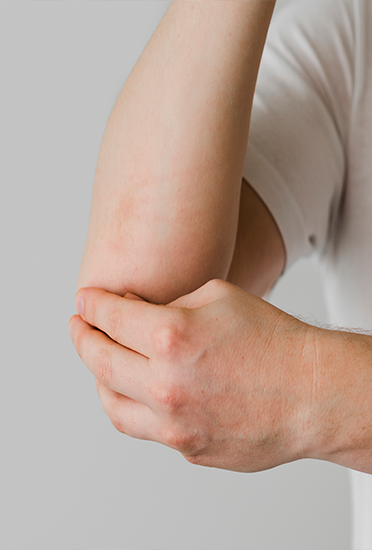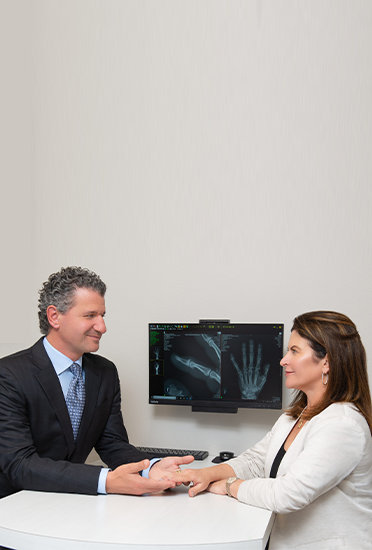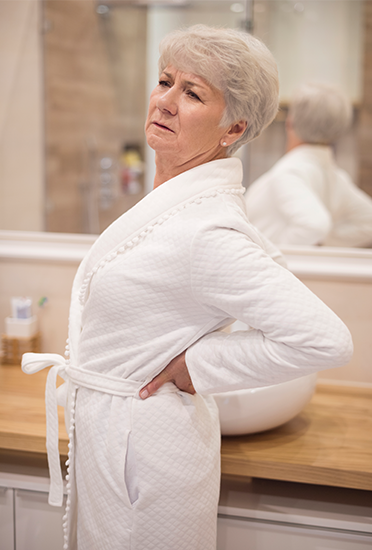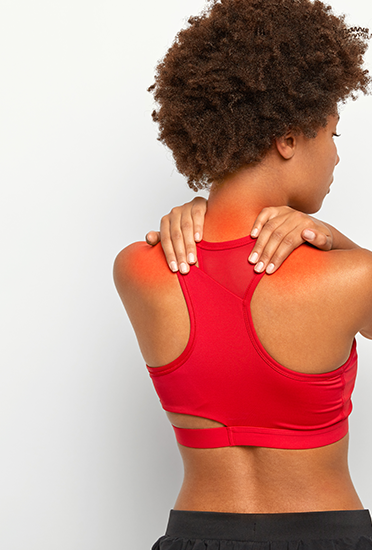SARASOTA, FL – When a high school quarterback severely injured his ankle in a football game this fall, his parents took him to an emergency room, where he was diagnosed with a bone fracture. But when he came to Christopher R. Sforzo, M.D, the next day for treatment, further tests showed it was only a severe strain.
“We were able to treat this young athlete very aggressively with a walking boot, lots of ice and anti-inflammatories,” said Sforzo, a board certified orthopedic surgeon at Florida Orthopedic Specialists and Sports Medicine in Sarasota and a frequent participant in area triathlons. “He was able to return in just two weeks and continue leading his team.”
While prompt diagnosis and treatment are vital when dealing with injuries from football, lacrosse, cheerleading and other seasonal sports, Sforzo says it’s much better to prevent problems from arising. Here are some important tips for student athletes, parents, and adult “weekend warriors.”
First, be sure to use the right equipment. “When playing football, a new high-grade helmet is necessary to protect against concussions,” he said. “A helmet that’s more than three years old should be replaced since it is no longer certified by the manufacturer. The same is true for protective pads and footwear. While it can be expensive to buy quality sporting gear, but this is not an area to cut corners.”
Wearing shoes that fit properly is another one of the basics. Sforzo advises runners to get a gait analysis that shows how your foot strikes the ground. “You can then buy a shoe that matches that pattern,” he said. “You should also buy new shoes after running about 500 miles or whenever you feel them lose their elasticity and cushioning.”
Proper stretching to warm up the muscles can reduce the risk of sports injuries, according to Sforzo. “It is much better to activate the muscles in a dynamic way before playing a game,” he said. “That means moving while stretching, such as taking walking lunges that warm up the hip flexors and calf muscles. Save those static stretches, which are done standing or sitting down, for after the game.”
A pre-game stretching program is particularly important for adults over 30. “It’s a good idea to do some stretching every day in order to keep your joints flexible and reduce the risk of ankle, knee, elbow and shoulder injuries,” Sforzo said.
Children, adolescents and adults who are taking up a new sport, such as tennis, basketball or swimming, should get used to the activity before trying to go all out, Sforzo advises. “It takes time for your body to become familiar with the new movements, so don’t push yourself too hard at the start,” he said.
Sforzo, who focuses his practice on problems involving the shoulder, arm, elbow, forearm, wrist and hand, is director of sports medicine for the new Premier Sports Campus in Lakewood Ranch and is the official orthopedic surgeon and hand surgeon to the Sarasota Orchestra. He also coaches youth lacrosse teams and is a special consultant for the IMG Academies and the Nick Bollettieri Tennis Academy and serves as an assistant clinical professor at the Florida State University College of Medicine, Sarasota Campus.








